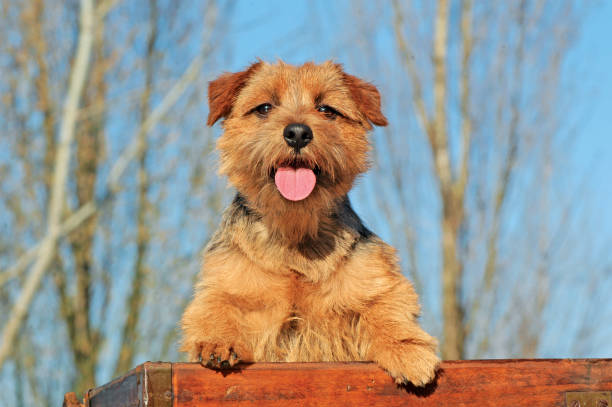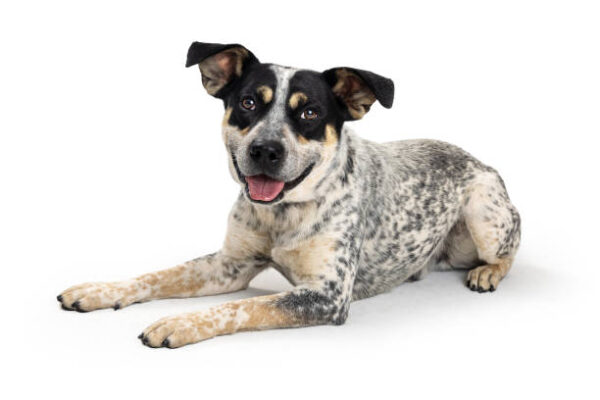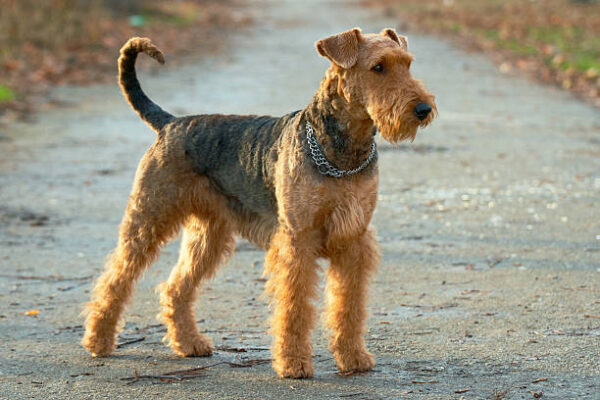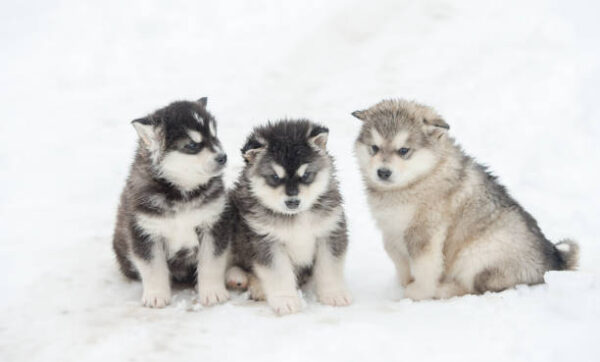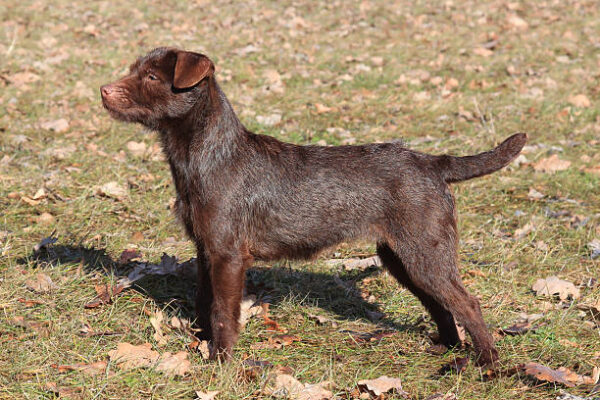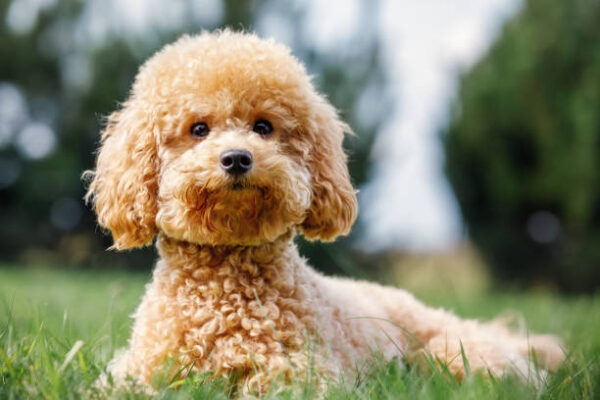Your cart is currently empty!
Norfolk Terrier Dog Breed
Norfolk Terrier Dog Breed Norfolk Terrier Dog Breed: About the middle of the 19th Century a man known as Doggy Lawrence was breeding small red terriers (about 4kg) that he sold mainly to Cambridge undergraduates. It is believed these dogs were the foundation of what are now known as Norwich and Norfolk Terriers. Norwich Terriers, […]
Description
Norfolk Terrier Dog Breed
Norfolk Terrier Dog Breed: About the middle of the 19th Century a man known as Doggy Lawrence was breeding small red terriers (about 4kg) that he sold mainly to Cambridge undergraduates. It is believed these dogs were the foundation of what are now known as Norwich and Norfolk Terriers.
Norwich Terriers, drop-eared and prick-eared were officially recognised by the English Kennel Club in 1932. Following later disagreements, several representations made to separate the breed officially into two varieties were refused, but a suggestion to form two separate breeds was agreed by the club, with the prick-ears to be Norwich Terriers, while the drop-ears would form the new breed to be known as Norfolk Terriers.
Average lifespan
Norfolk Terriers can live up to 15 years of age.
Average height & weight
25cm to 26cm
6kg to 7kg
Breed personality, characteristics & temperament
The Norfolk Terrier is one of the smallest of the terrier group; of a lovable disposition, not quarrelsome, and with a strong constitution. They are appealing, easily portable and cheap to feed. With its origin as a working terrier, these breeds do require exercise. As a watchdog the Norfolk Terrier will always let you know if someone approaches your home, however, they are not a guard dog as friendliness is a dominant characteristic.
Compatibility with other pets
As a companion it is to be encouraged that the Norfolk familiarise with other household pets early. As with all terriers it is a pack dog and will live happily with other animals.
Care requirements
The coat is hard, wiry, and straight, lying close to the body with ruff on the neck. Head, ears and muzzle should be short and smooth with slight eyebrows and whiskers. Weather resistant coats are generally maintained by tidying with fingers, brush and comb. Special care should be taken with the dog living in town ensuring that the dog is on a lead when leaving the yard, which must be secure.
Ideal owners
The breed is suitable for families, for young and old alike for small or large yards. The Norfolk Terrier is a fine family dog, a real presence in the house.
